Top 10 Most Expensive Pieces of Art Sold in 2016

No. 10 – Kerry James Marshall- Plunge (1992) – $2.1 million

Plunge by Kerry James Marshall kicks off the list. This acrylic and paper collage on canvas is symbolic of the slave trade era. It garnered just north of $2 million at Christie’s.
No. 9 – Frida Kahlo – Two Nudes In A Forest (1939) – $8 million
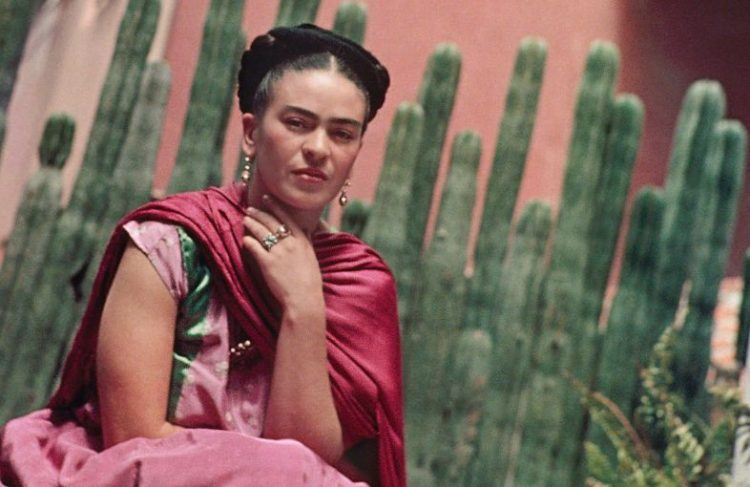
This piece has seen a huge increase in value over the past two decades as twentieth century female artists have grown in popularity. While it once sold for $150,000 in 1989, this painting just fetched $8 million in 2016.
No. 8 – Richard Prince – Runaway Nurse (2006) – $9.7 million

This painting sold for just $6.8 million five years ago, but it has increased in value by nearly $3 million over that time period. Purchased for $9.7 million in 2016 by Yusaku Maezawa, this contemporary piece from 2006 is part of Richard Prince’s “Nurse” series and has earned a lot of attention from both those in and outside of the art world.
No. 7 – Sam Francis – Summer #1 (1957) – $10.4 million
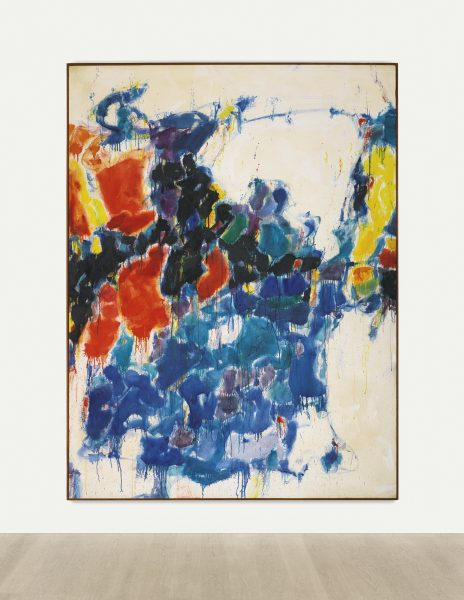
Sam Francis has seen several of his pieces increase in value in the last few years, including this postwar/contemporary piece from 1957.
No. 6 – Agnes Martin – Orange Grove (1965) – $10.7 million
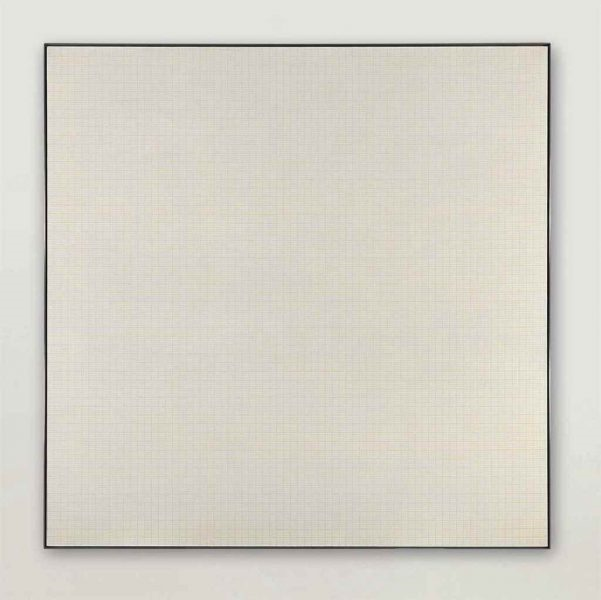
Perhaps the buyer of this painting loves oranges. It was expected to garner about $6-$8 million at auction but ended up fetching close to $11 million.
No. 5 – Claude Monet – Le bassin aux nympheas (1919) – $27 million
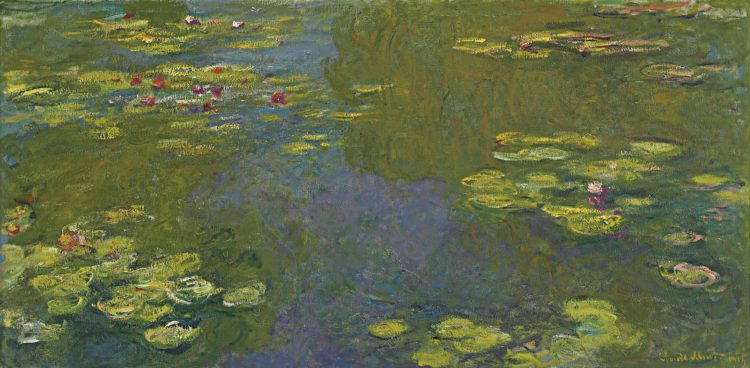
While most of Monet’s pieces are actually housed in museums, this one went on the block this year and fetched $27 million at auction.
No. 4 – Mark Rothko – No. 17 (1957) – $32.6 million
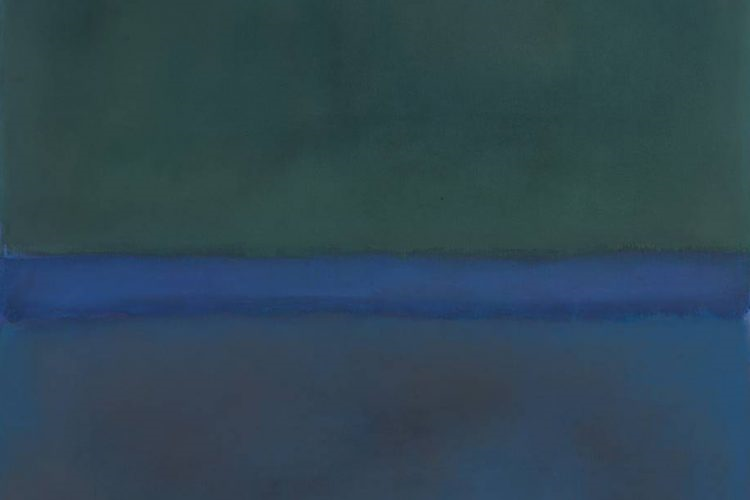
Coming in at number four is this symbolic postwar piece by Mark Rothko, which sold for more than $32 million at Christie’s earlier this year.
No. 3 – Jean-Michel Basquiat – Untitled (1982) – $57.2 million
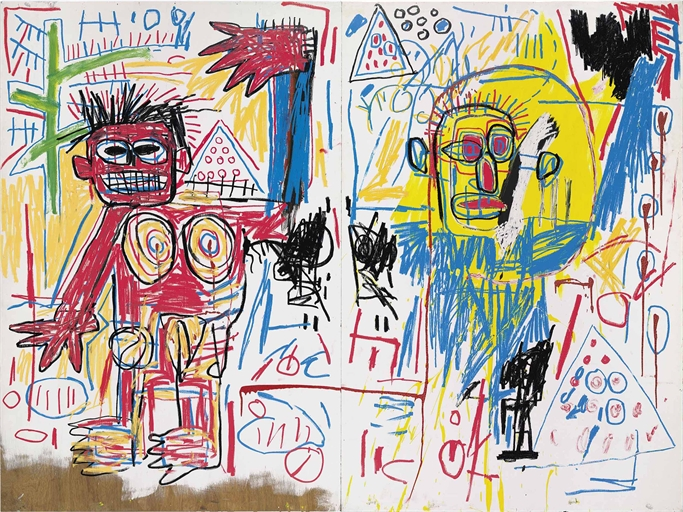
This contemporary piece from 1982 is one of the top attractions in the neo- expressionist art genre, and it continues to increase in value. Twelve years ago it sold for just $4.5 million. But just like Runaway Nurse, it was purchased by Yusaku Maezawa for more than $57 million.
No. 2 – Peter Paul Rubens – Lot and His Daughters (1613-14) – $58 million

This is the second most expensive Rubens painting ever, trailing only his “Master of the Innocents.” This is an extremely old painting as well as extremely valuable.
No. 1 – Pablo Picasso – Femme Assise (1909) – $63.4 million
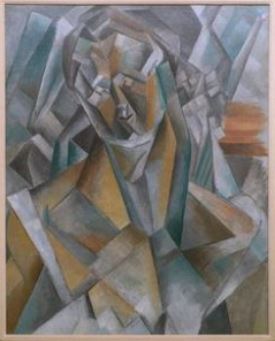
Picasso is not for everyone, but there’s no doubt his paintings have fetched some of the highest amounts of money in the world, including in 2016, which saw his Femme Assise sale for just over $63 million. Much of the value comes from this painting being credited with introducing a new form of art. And of course, it’s a Picasso.
You also might like the article Art as an Investment
Follow GROCO on Facebook
Unpleasant Tax Surprise for Thousands of IRA Holders
Unpleasant Tax Surprise for Thousands of IRA Holders Imagine getting a letter in the mail telling you that you owe more than $24,000 in taxes, with about a fourth of that total being because of late penalties. That’s the kind of surprise that nobody ever wants to get. However, that’s exactly what happened to one…
Corporate Tax Planning: Mergers, Acquisitions and Reorganizations
Corporate Tax Planning: Mergers, Acquisitions and Reorganizations by Greenstein, Rogoff, Olsen & Co., LLP In today’s ever-changing business world, a corporation often needs to reconstruct its form for economic survival and growth. These corporate divisions and combinations usually involve exchanges of stock and property, and normally would be taxable transactions. However, Congress enacted certain provisions…
General Rules for Corporate Reorganization
General Rules for Corporate Reorganization In order for a transaction to be given non-recognition treatment under the reorganization provisions, it must meet certain requirements. • The reorganization must meet certain tests in the Regulations regarding “continuity of interest” and “continuity of business enterprise.” • The reorganization must be conducted according to one of seven patterns…
Accepted Patterns for Corporate Reorganization: Types A-G
Accepted Patterns for Corporate Reorganization:Types A-G The seven qualifying patterns of reorganization described in IRC section 368(a)(1)(A) through (G), are as follows: •Type A- a statutory merger or consolidation; •Type B- the acquisition by one corporation, in exchange solely for all or a part of its voting stock (or in exchange solely for all or…




